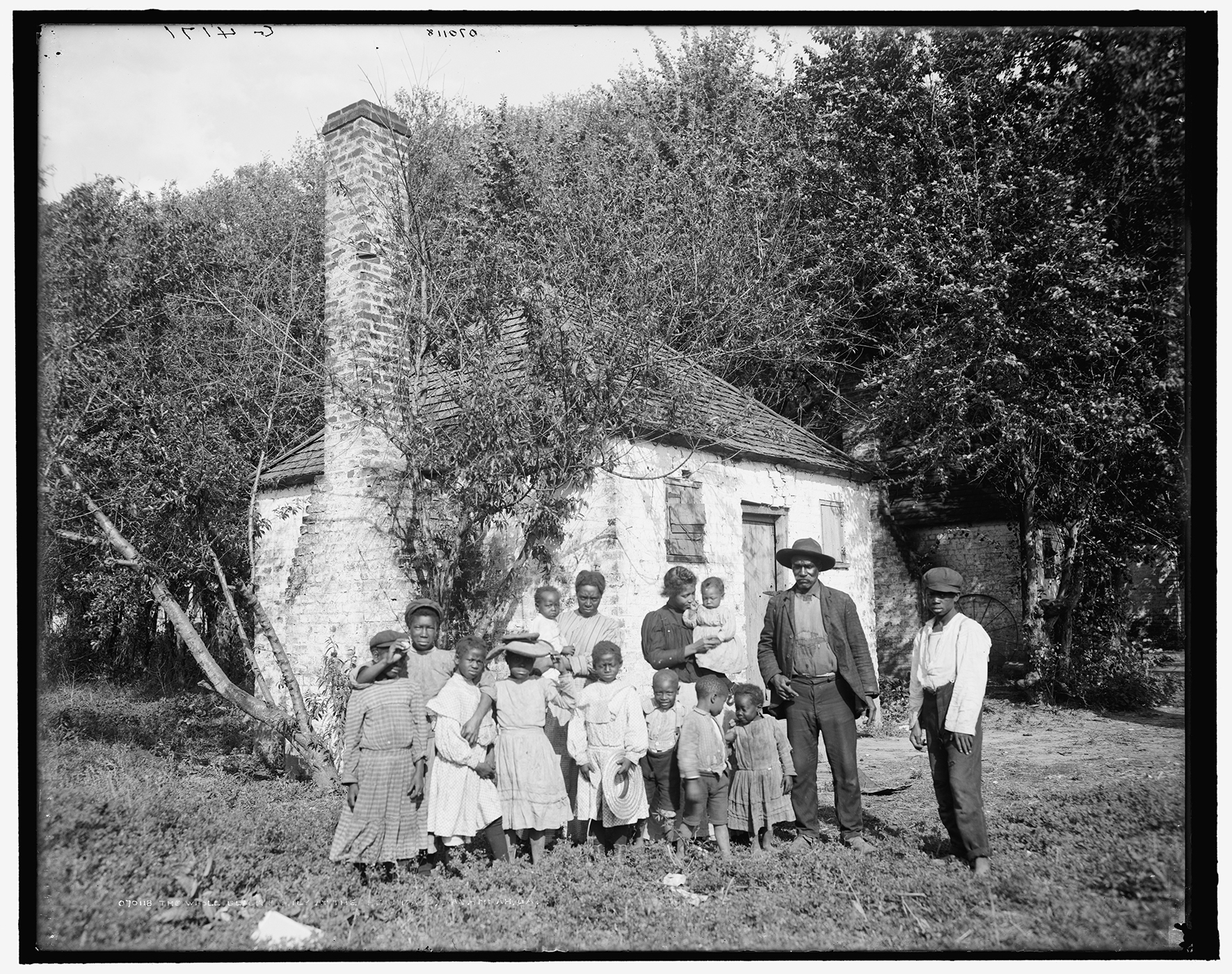The interpretation portion of the database includes descriptions of the slave house and the activities that took place there from the actual enslaved peoples living there during slave times. The slave narratives breathe life into the two-dimensional drawings and photographs of slave houses. Undertaking the inclusion of the anthropological history of the inhabitants along with the preservation of the historic slave house is important because it reveals a part of history that cannot be gleaned from the historical record, alone.
Systematic interviewing formerly enslaved people began in the late 1920s at Historically Black Colleges and Universities (HBCUs). Separate and independent interview projects began simultaneously at Fisk University in Nashville, TN; Southern University in Baton Rouge, LA; and Prairie View State College in Prairie View, TX. But the largest and most widely known collection of ex-slave narratives, collected a decade later, is the Federal Writers’ Slave Narratives Project.

